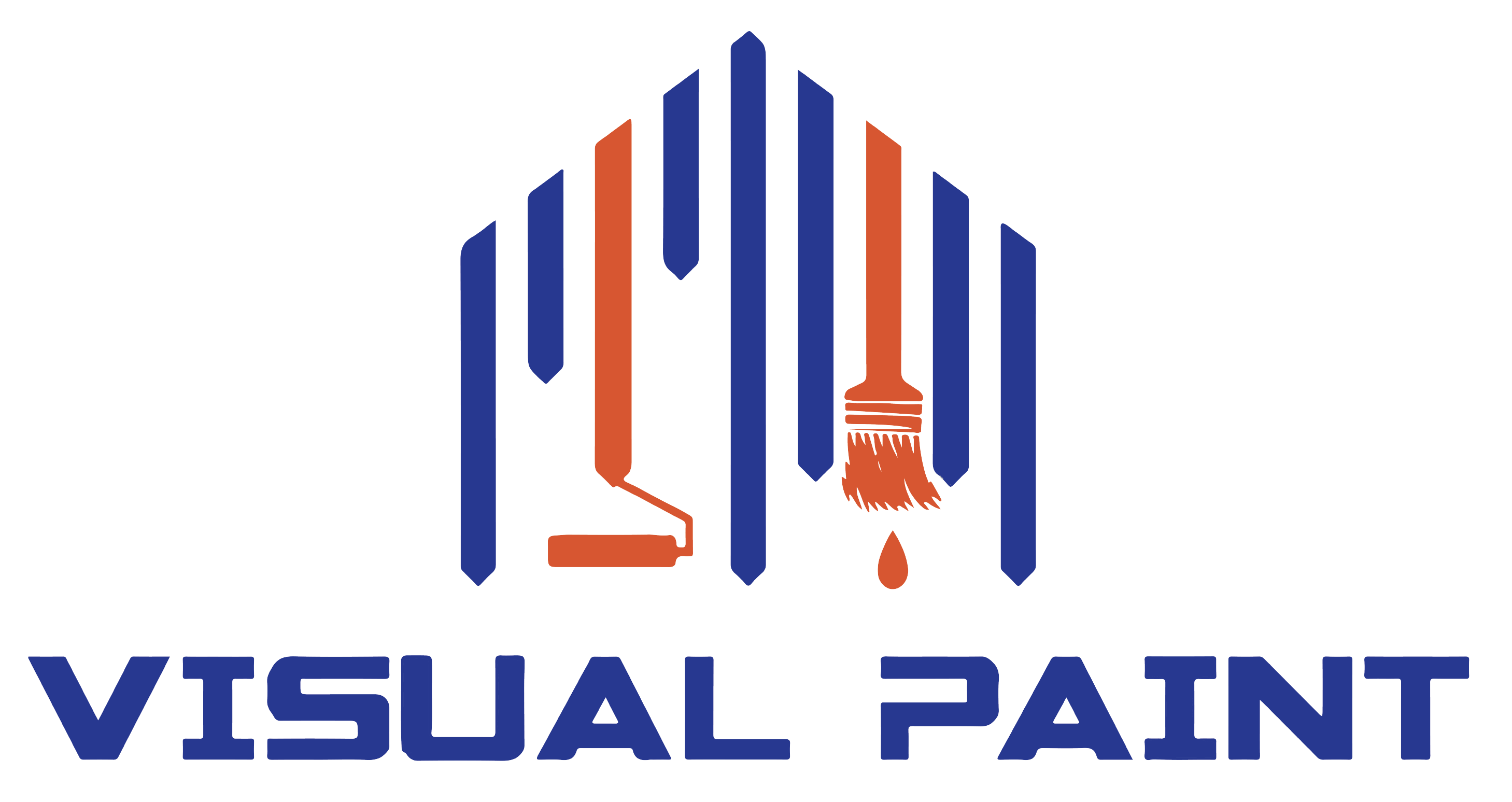Top 5 Exterior Paint Problems in Older Southfield Homes—And How to Fix Them
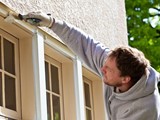
Older homes in Southfield have plenty of charm—original wood siding, classic trim details, and that one-of-a-kind character you just don’t find in newer builds. But if you live in one of these homes, you’ve probably noticed that the exterior paint doesn’t always hold up the way you’d like. Peeling, fading, or bubbling paint is more than just an eyesore—it can actually lead to deeper problems if ignored.
In this article, we’re covering the top five exterior paint issues that pop up in older Southfield homes, plus practical advice on how to fix them the right way.
1. Cracking and Peeling Paint
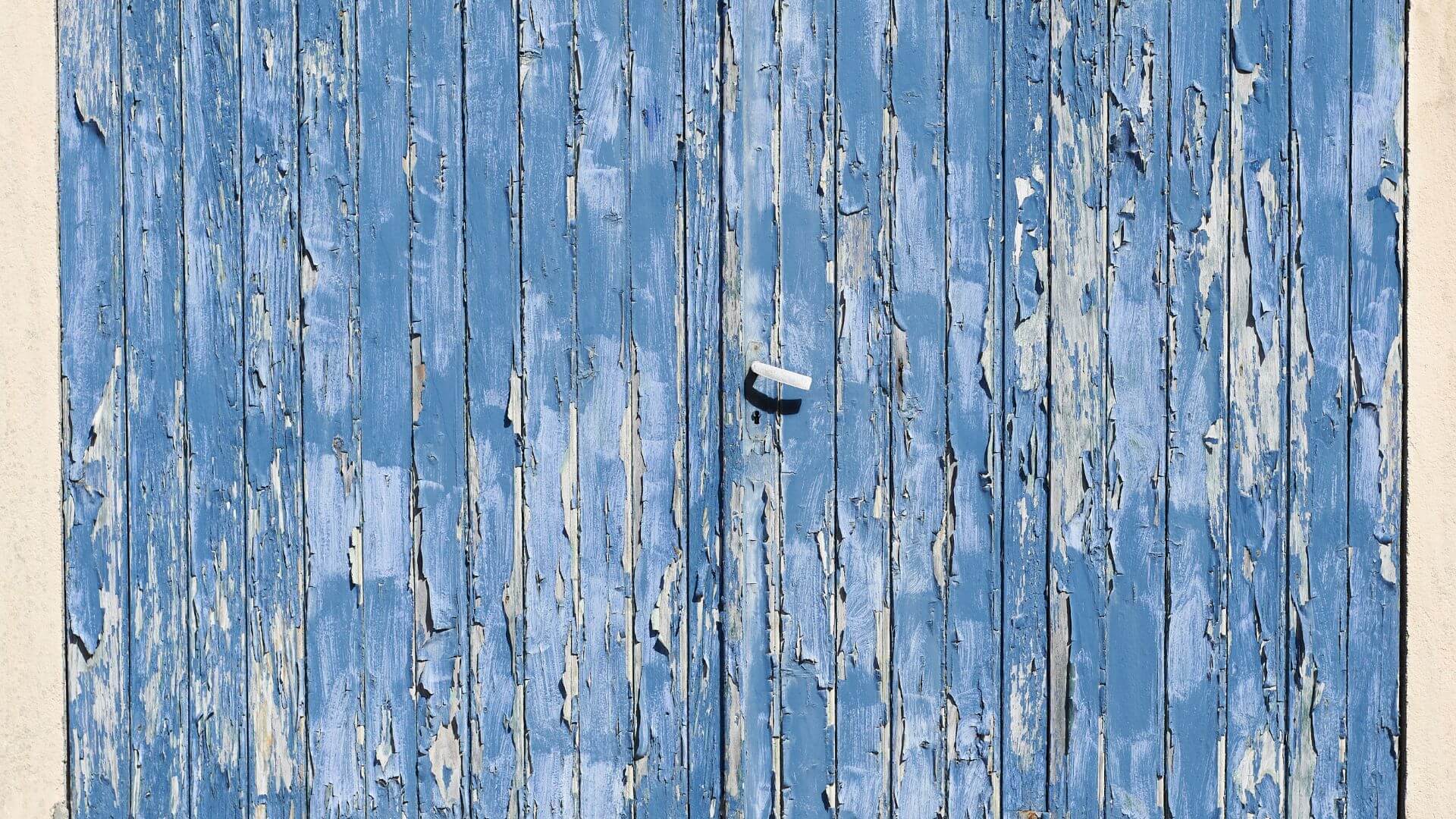
What it looks like: You’ll see paint splitting into thin lines, curling at the edges, or even flaking off in chunks.
Why it happens: Over time, older layers of paint become brittle—especially if they weren’t applied correctly or have been exposed to Michigan’s freeze-thaw cycles. Improper surface prep, moisture issues, or using incompatible paint types (like oil over latex) can make things worse.
How to fix it:
- Scrape and sand away all loose paint until you get to a smooth, solid surface.
- Clean the area to remove dust and debris.
- Apply a high-quality exterior primer suited to your home’s siding.
- Repaint using a durable, weather-resistant exterior paint.
Pro tip: If the paint keeps peeling, check for underlying moisture issues. You might need to repair or replace damaged siding first.
2. Chalking

What it looks like: When you run your hand over the painted surface, it leaves behind a dusty, chalk-like residue.
Why it happens: Chalking is common in older oil-based paints or low-quality exterior products that have been broken down by UV rays over time.
How to fix it:
- Wash the surface thoroughly using a pressure washer or scrub brush and hose. You’ll want to remove as much chalky residue as possible.
- Let it dry completely, then apply a bonding primer designed for chalky surfaces.
- Finish with a fresh coat of premium paint with good UV resistance.
Helpful hint: Chalking can make it hard for new paint to stick properly, so never skip the cleaning step!
3. Moisture Damage and Wood Rot
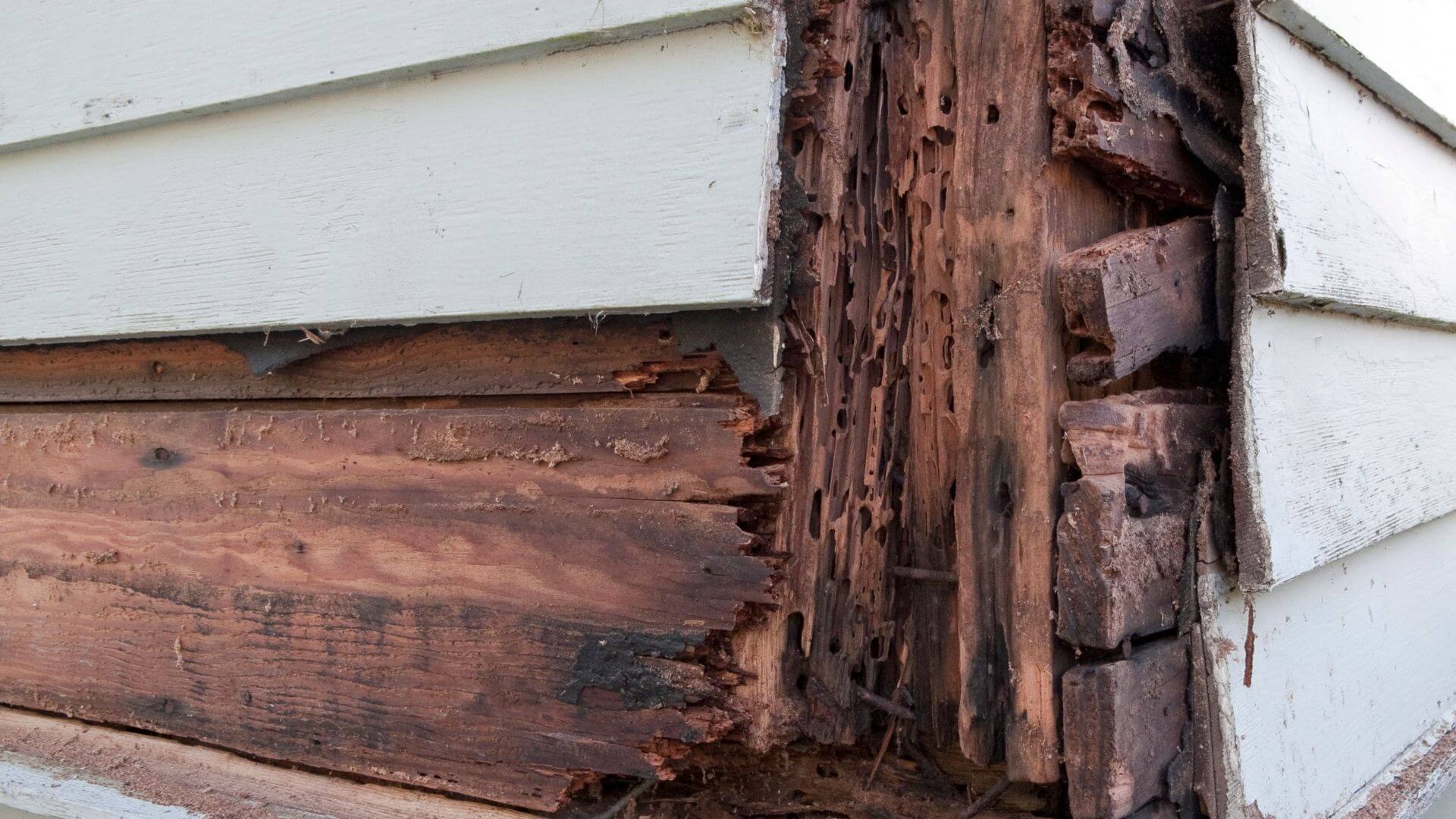
What it looks like: Blistering or bubbling paint, mildew spots, or soft areas in the wood trim or siding.
Why it happens: Water intrusion is a big issue in Michigan homes, especially older ones with aging caulk, gaps in siding, or poorly maintained gutters. When moisture gets trapped under the paint, it causes bubbling and can eventually lead to rot.
How to fix it:
- Inspect the entire exterior, especially around windows, trim, fascia, and foundation lines.
- Replace any rotted or water-damaged wood before painting.
- Re-caulk seams, joints, and cracks with a high-quality exterior caulk.
- Use mildew-resistant primers and topcoats to help prevent future issues.
Keep in mind: Painting over damaged wood won’t solve the problem. You’ve got to repair the source of the moisture first.
4. Fading and Discoloration
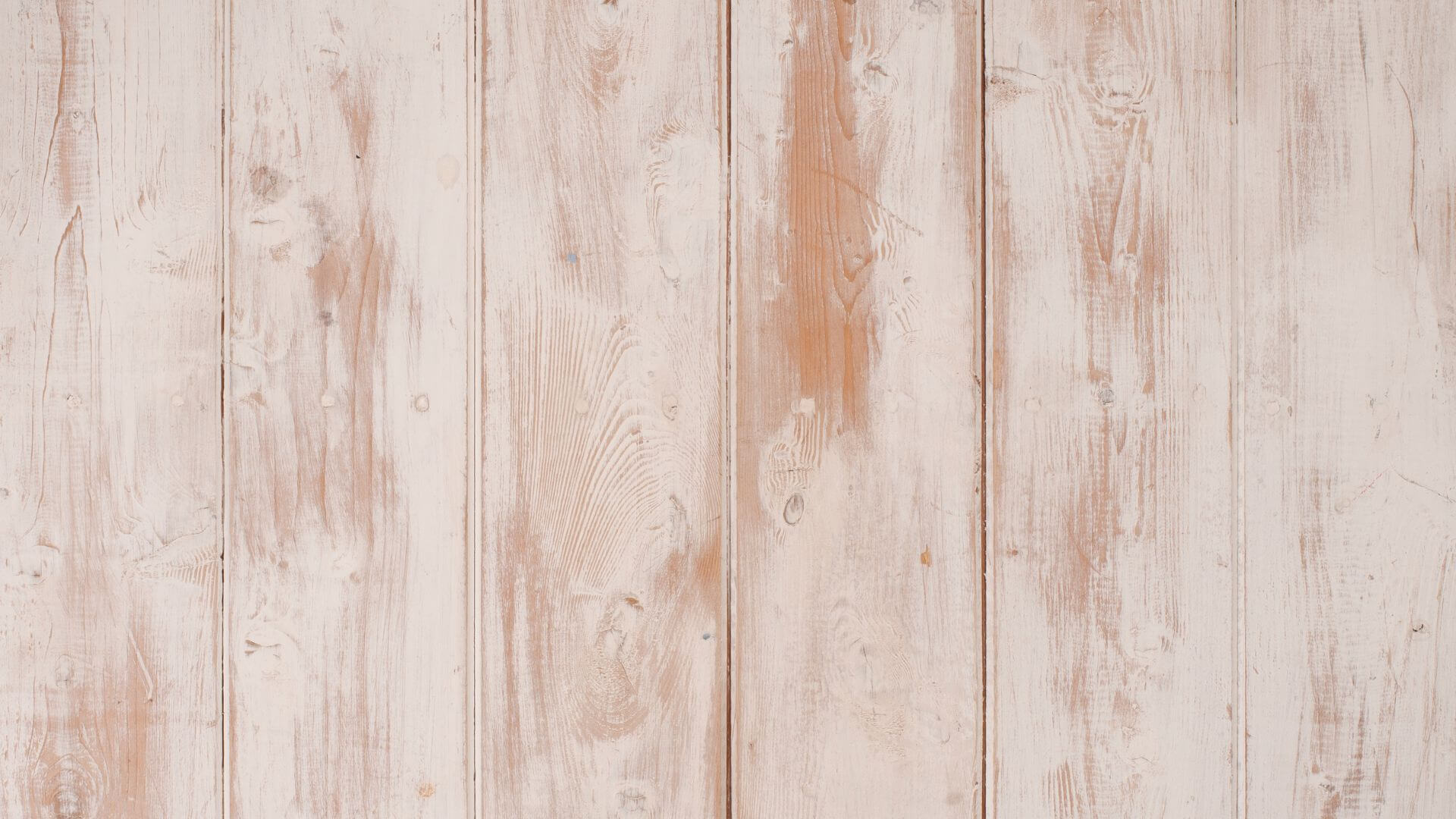
What it looks like: The paint looks dull, washed out, or patchy in areas that get the most sun.
Why it happens: Prolonged exposure to sunlight breaks down the pigments in paint—especially in darker or less UV-resistant colors. Pollution and acid rain can also stain and discolor older paint.
How to fix it:
- Wash and prep the exterior to remove dirt, grime, and pollution residue.
- Use a primer if needed, depending on the surface condition.
- Repaint using high-quality, fade-resistant paint. Look for paints formulated for exterior use in variable climates like Southeast Michigan.
Color tip: Lighter colors generally fade more slowly than dark ones, but quality matters more than shade.
5. Lead-Based Paint Risks
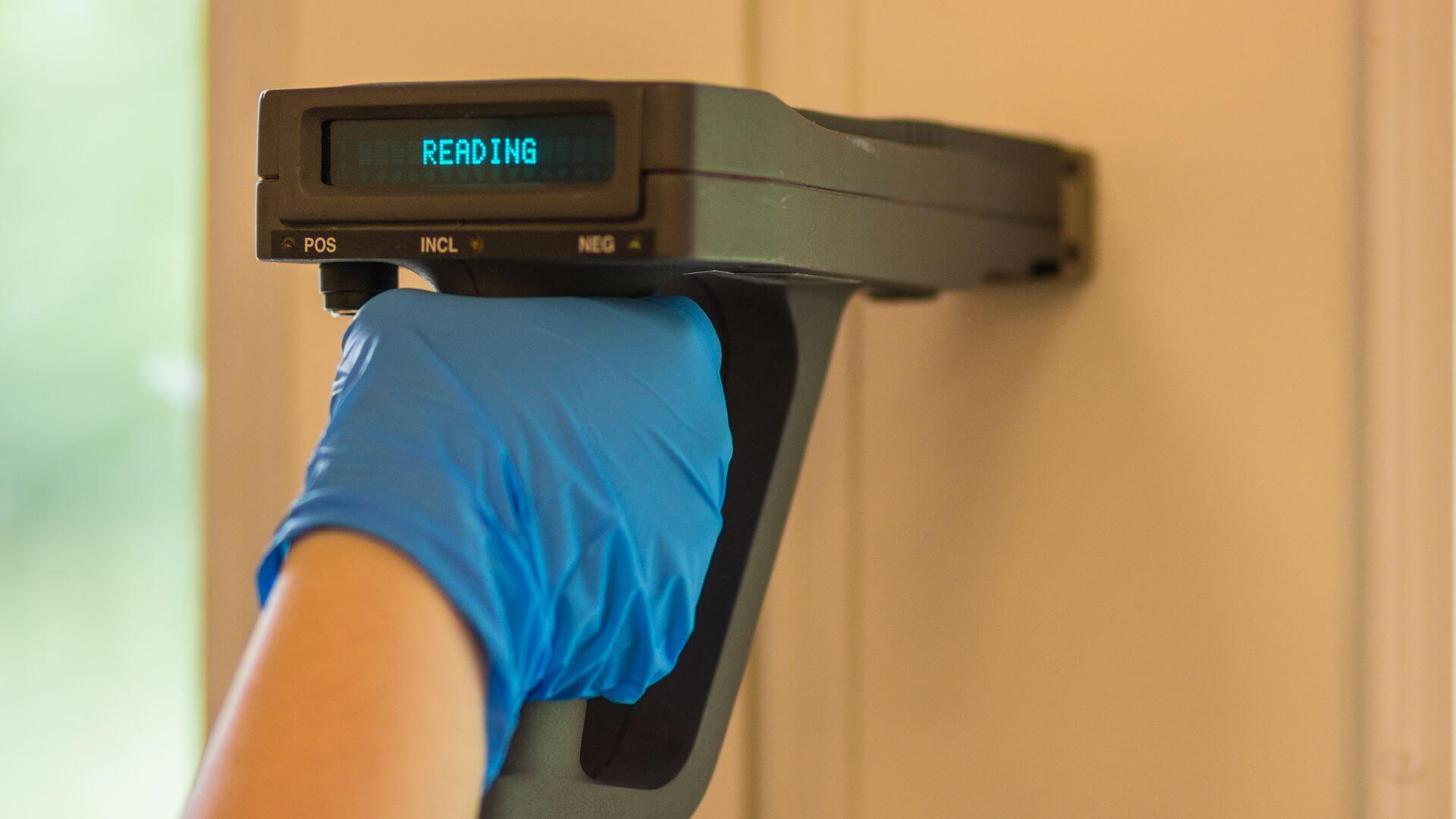
What it looks like: It’s not always visible—but if your home was built before 1978, there’s a good chance it has lead paint under newer layers.
Why it’s a concern: Sanding or scraping lead paint releases dangerous dust and chips that pose serious health risks—especially for children and pets.
How to fix it:
- Hire an EPA-certified professional to test for lead paint.
- If lead is detected, do not attempt to sand or strip it yourself.
- Professionals can either remove it safely or seal it with specialized primers and encapsulating paint systems.
Safety first: This is one paint problem you should never DIY. Always use a qualified contractor for lead-related projects.
Bonus: Tips for Painting Historic Exteriors
If your Southfield home has historical features—like intricate wood trim, old clapboard siding, or original shutters—it’s worth putting in the extra effort to preserve those details during a repaint.
Here’s how:
- Choose the right colors: Consider shades that match the period of your home or are historically appropriate.
- Use flexible, breathable paint: This allows wood to expand and contract with the weather without causing cracks.
- Work with pros who specialize in older homes: Painting historic exteriors isn’t just about slapping on a new color—it requires careful prep, repairs, and materials knowledge.
Let Visual Paint Help Protect Your Home
Owning an older home in Southfield means you get to enjoy its unique character—but it also comes with some maintenance challenges, especially when it comes to exterior paint. The good news? You don’t have to tackle it all yourself.
At Visual Paint, we specialize in repainting and restoring the exteriors of older and historic homes throughout Southeast Michigan. From surface prep and wood repair to lead-safe practices and custom color consultations, we’ve got your back.
Contact Visual Paint today for a free quote—and let us help your home look its best for years to come.
